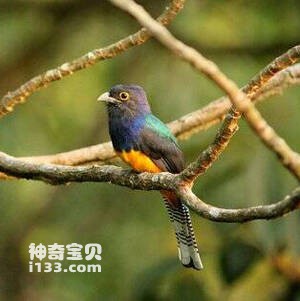
Trogon ramonianus
Trogon ramonianus,Amazonian Trogon
The Amazonian Trogon (Trogon ramonianus) is an unknown species.Protect wild ···
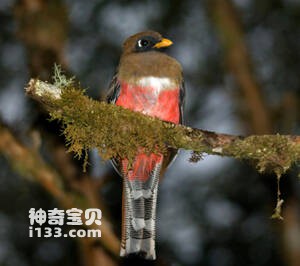
Trogon personatus
Trogon personatus,Masked Trogon
Trogon personatus, Masked Trogon, has nine subspecies, the specific habits o···
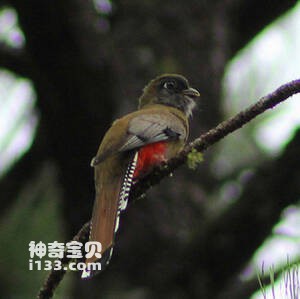
Trogon mexicanus
Trogon mexicanus,Mountain Trogon
The Mountain biting cuckoo is known as Trogon mexicanus or Mountain Trogon.L···
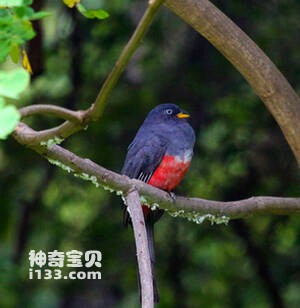
Trogon mesurus
Trogon mesurus,Ecuadorian Trogon
The Ecuadorian Trogon is Ecuadorian Trogon and is known as Trogon mesurus.Pr···
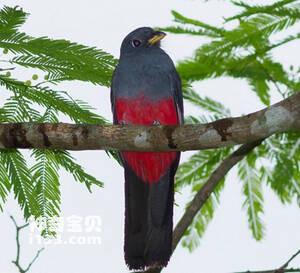
Trogon melanurus
Trogon melanurus,Black-tailed Trogon
The melanurus melanurus is a Black-tailed Trogon, but its behavior is unknow···
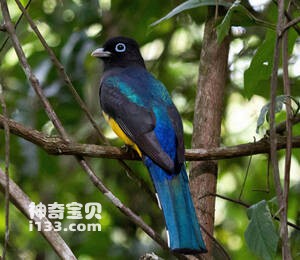
Trogon melanocephalus
Trogon melanocephalus,Black-headed Trogon
The species is known as Trogon melanocephalus or Black-headed Trogon.Listed ···
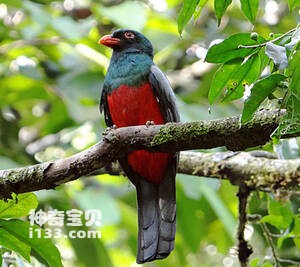
Trogon massena
Trogon massena,Slaty-tailed Trogon
The grey-tailed American biter is Trogon massena, Slaty-tailed Trogon.Listed···
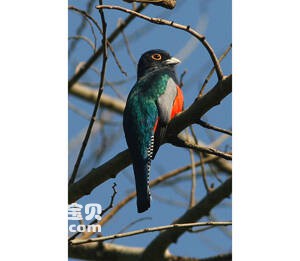
Trogon curucui
Trogon curucui,Blue-crowned Trogon
The Blue-crowned American biting cuckoo is known as Trogon curucui or blue-c···
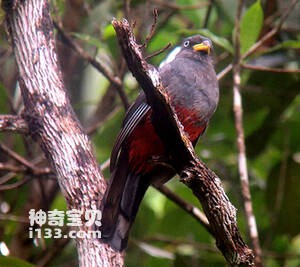
Trogon comptus
Trogon comptus,White-eyed Trogon
The White-eyed Trogon is also known as Trogon comptus or white-eyed trogon.P···
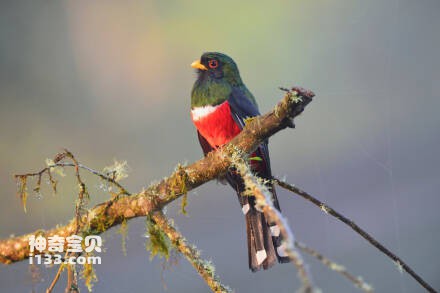
Trogon collaris
Trogon collaris,Collared Trogon
The species is known as Trogon collaris or Collared Trogon.White collar Amer···
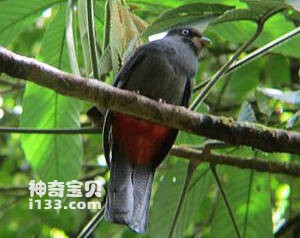
Trogon clathratus
Trogon clathratus,Lattice-tailed Trogon
Trogon clathratus, Lattice-tailed Trogon, is unknown.Protect wild animals an···
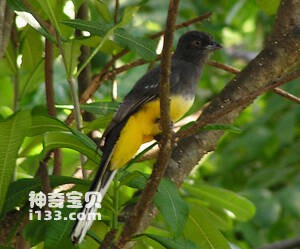
Trogon citreolus
Trogon citreolus,Citreoline Trogon
Trogon citreolus, Citreoline Trogon, is an unknown species.Listed in the Int···
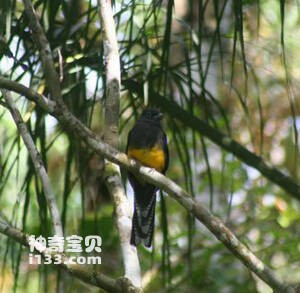
Trogon viridis
Trogon viridis, White-tailed Trogon
White-tailed Trogon viridis is a white-tailed Trogon species with unknown ha···
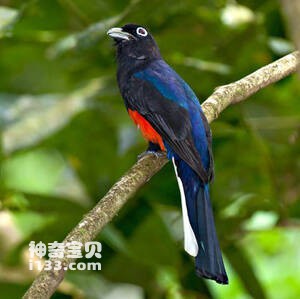
Trogon bairdii
Trogon bairdii,Baird's Trogon,Vermilion-breasted Trogon
The behavior of Trogon bairdii (Trogon Baird's Trogon, Vermilion-breaste···
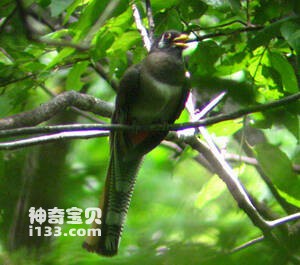
Trogon elegans
Trogon elegans,Elegant Trogon
Trogon elegans, Elegant Trogon, has four subspecies, the specific habits of ···
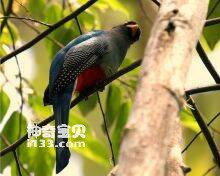
Priotelus roseigaster
Priotelus roseigaster,Temnotrogon roseigaster,Hispaniolan Trogon
The Island-biting cuckoo (Priotelus roseigaster, Temnotrogon roseigaster) is···
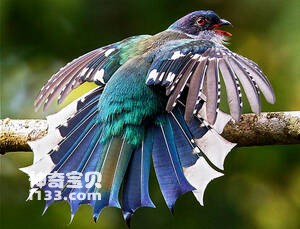
Priotelus temnurus
Priotelus temnurus,Cuban Trogon
The Cuban biting cuckoo (Priotelus temnurus) is a small climbing bird. There···
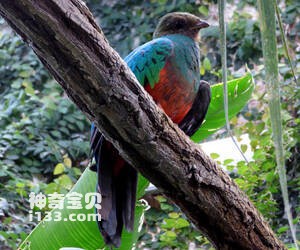
Pharomachrus pavoninus
Pharomachrus pavoninus,PavonineQuetzal,PavonineTrogon
Scientific name Pharomachrus pavoninus, foreign names PavonineQuetzal, Pavon···
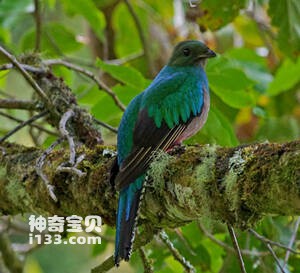
Pharomachrus mocinno
Pharomachrus mocinno,Resplendent Quetzal
The Resplendent Quetzal (Pharomachrus mocinno) has two subspecies.It is know···
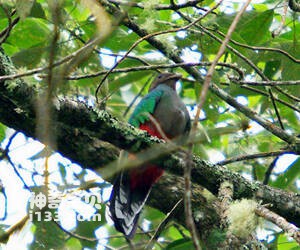
Pharomachrus fulgidus
Pharomachrus fulgidus,White-tipped Quetzal,White-tipped Trogon
Pharomachrus fulgidus, White-tipped Quetzal, White-tipped Trogon, there are ···
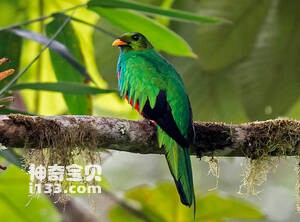
Pharomachrus auriceps
Pharomachrus auriceps,Golden-headed Quetzal,Golden-headed Trogon
The scientific name Pharomachrus auriceps, the foreign names Golden-headed Q···
